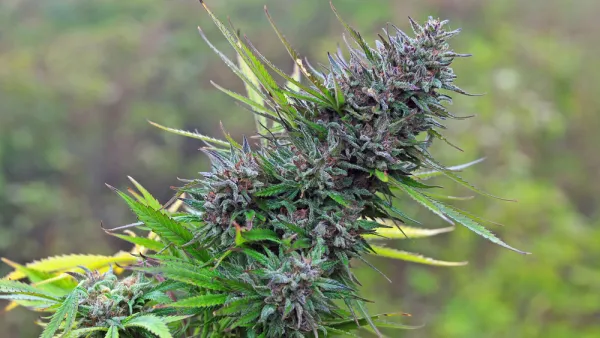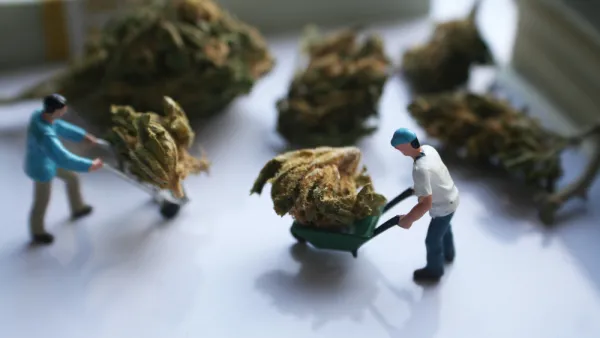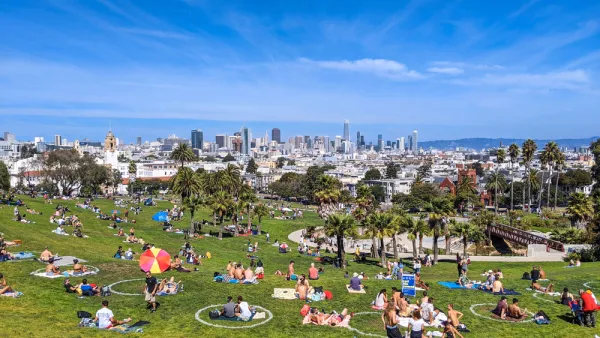The Northern California marijuana industry is booming, but issues with water consumption and downstream pollution produced by the large-scale cultivation of marijuana are threatening populations of salmon already on the brink of extinction.
The environmental impacts of the recent boom in marijuana growing operations have prompted calls for stronger regulation of the business of cultivating marijuana. At stake is the protection of multiple species of salmon, which has dwindled to the brink of extinction along the North Coast of California. “As many as a half-million Chinook salmon once spawned in the Eel River each year. By the 1950s, the fish were almost gone. Since then, the population has slightly rebounded, and several thousand Chinook now return to the Eel annually,” reports Alastair Brand. Dave Bitts, a Humboldt County commercial fisherman and the president of the Pacific Coast Federation of Fishermen's Associations is quoted describing the importance of maintaining watersheds as habitat for salmon: "There is no salmon-bearing watershed at this point that we can afford to sacrifice."
The impacts of marijuana cultivation on watersheds are at least twofold. First, there is the process’s water supply requirements. According to Brand, “Growers of marijuana often withdraw water directly from small streams and use up to six gallons per day per plant during the summer growing season.” Growers might be cultivating as many as 20,000 or 30,000 plants in one watershed.
The effluents produced by marijuana growers poses another risk: “Fertilizers that drain into rivers can cause floating carpets of algae to grow in the water. When these mats begin to decay, the breakdown process steals oxygen from the water, suffocating fish."
FULL STORY: California's Pot Farms Could Leave Salmon Runs Truly Smoked

Analysis: Cybertruck Fatality Rate Far Exceeds That of Ford Pinto
The Tesla Cybertruck was recalled seven times last year.

National Parks Layoffs Will Cause Communities to Lose Billions
Thousands of essential park workers were laid off this week, just before the busy spring break season.

Retro-silient?: America’s First “Eco-burb,” The Woodlands Turns 50
A master-planned community north of Houston offers lessons on green infrastructure and resilient design, but falls short of its founder’s lofty affordability and walkability goals.

Test News Post 1
This is a summary

Analysis: Cybertruck Fatality Rate Far Exceeds That of Ford Pinto
The Tesla Cybertruck was recalled seven times last year.

Test News Headline 46
Test for the image on the front page.
Urban Design for Planners 1: Software Tools
This six-course series explores essential urban design concepts using open source software and equips planners with the tools they need to participate fully in the urban design process.
Planning for Universal Design
Learn the tools for implementing Universal Design in planning regulations.
EMC Planning Group, Inc.
Planetizen
Planetizen
Mpact (formerly Rail~Volution)
Great Falls Development Authority, Inc.
HUDs Office of Policy Development and Research
NYU Wagner Graduate School of Public Service




























